Baldness or alopecia can present itself in multiple ways, and for each type there is a cutting-edge treatment that promises to reverse it.
Taking care of your scalp is one of the most efficient ways to ensure strong and healthy hair. It is the fertile slime where hair germinates, so extreme precautions should be taken to avoid hair loss and prevent other hair problems.
A large part of the population suffers from hair problems related to hair loss or loss of density. Now, many personalities also have raised their voices admitting to having had hair problems.
MOST COMMON TYPES OF ALOPECIA
There are more than 100 types of alopecia, but these are the most common:
-Androgenic alopecia:
It is positioned as the most common form in which alopecia occurs. Around 50% of men and 10% of women experience this condition after the age of 40. Although the main origin is genetic, it can also be hormonal.
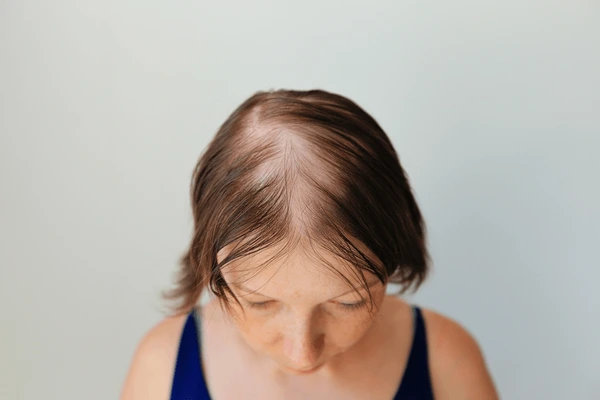
-Fibrosing alopecia:
Also known as frontal alopecia , it affects women to a greater extent. Although its causes are unknown, it is believed to be closely related to menopause and other hormonal disorders. It mainly affects the frontal area of the hair and eyebrows, like a headband. This happens due to the destruction of hair follicles that prevent the growth of new hair, causing the illusion that it is growing further back.
This form of alopecia is the second most common and the loss occurs in the form of patches. It has an autoimmune basis and can spread to the entire scalp or even the entire body.
-Alopecia areata:
This form of alopecia is the second most common and the loss occurs in the form of patches. It has an autoimmune basis and can spread to the entire scalp or even the entire body.
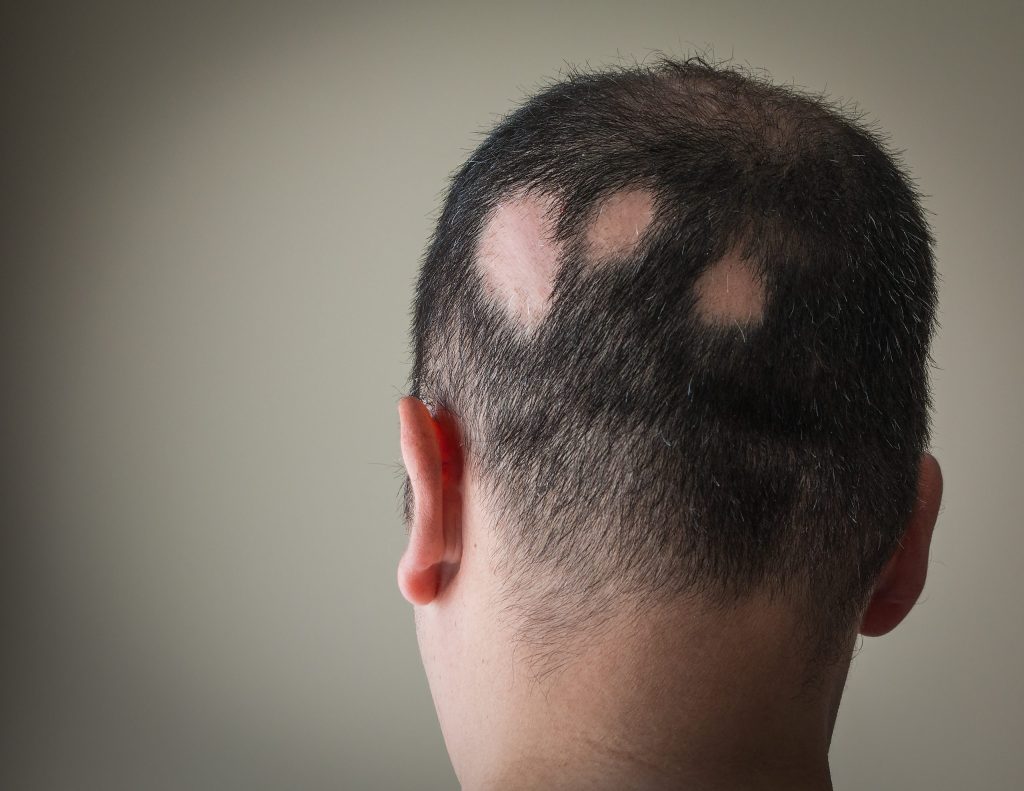
-Diffuse alopecia:
This form of hair loss is also known as effluvium. It is reversible and can vary in intensity. Being self-limiting it allows the recovery of lost hair.
ALOPECIA IN WOMEN
The most common form of hair loss among women is androgenic alopecia , and this is due to hormonal problems that tend to weaken the hair follicles and produce an alteration in the hair cycle. The same happens with progressive hair thinning; it becomes finer.
However, it has also been related to poor diet, stress and genetic factors.
Seasonal decline is also very common with the changes of season. It is telogen effluvium, the growth cycle is shortened and a lot of hair is lost. Although it tends to occur with the change of season, other situations such as stress, postpartum, illness, infection or nutritional deficits can greatly influence this type of alopecia.
Sometimes, the fall does not occur right after the event that caused it, but it can take between three to six months until it begins to fall. The main causes are poor diet, harmonal problems and genetics.

ALOPECIA IN MEN
As in women, androgenic alopecia is positioned as the most common among men. It appears prematurely, and a diagnosis is already possible from the age of 20. Normally, it is caused by genetic or hormonal factors.
The second most common type of alopecia among men is areata. Its cause is usually found in autoimmune diseases, such as diabetes or arthritis. It is reversible and temporary, so the hair tends to grow back.
TREATMENTS
We recommend you the different treatments that can help stop hair loss, and in many cases reverse it. Trichological procedures are the solution, together with cutting-edge technology such as mesotherapy or the infiltration of active ingredients, it is possible to end alopecia, or significantly reduce its progress.
ORAL AND TOPICAL TREATMENTS WITH DRUGS
-Oral antiandrogens.
Consuming these drugs helps stop hair loss due to androgenic alopecia, while stimulating hair growth and contributing to hair density and health. In addition, it prevents hair thinning and counteracts the effects of androgens.
-Minoxidil.
This drug is used in higher doses to treat high blood pressure. Although used topically or orally, and with a lower dose, it stimulates hair growth, improving its density and quality. This is due to the increased blood flow it produces to the hair follicles.
HAIR MESOTHERAPY TREATMENT
This procedure involves the injection of drugs, vitamins and amino acids into the scalp. Active ingredients are infiltrated through a needle that help strengthen and improve the quality of the hair, stopping its progressive loss.
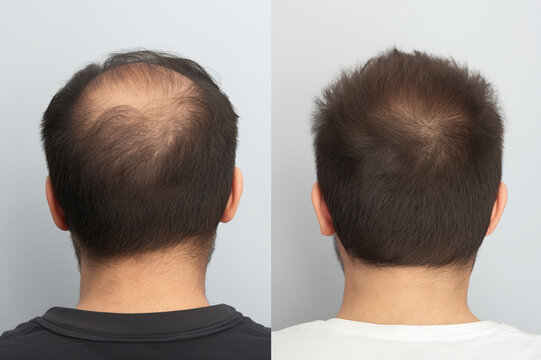
-Antiandrogen Mesotherapy or Dutasteride.
Stimulates hair growth through direct injection of antiandrogens into the scalp. In this way, it focuses specifically on the affected areas.
-Infiltration of stimulating vitamins .
Through the infiltration of stimulating nutrients such as vitamins, antioxidants, minerals and hyaluronic acid, the hair follicle is stimulated, stopping hair loss, especially in times where hair loss is accelerated to a greater extent. In addition, it restores shine and provides greater quality.
-Corticosteroid infiltration.
This treatment is ideal for cases of inflammatory alopecia. When the scalp is swollen, attempts are made to stop this response and stimulate follicle regeneration through corticosteroids.
PRP TREATMENT
Platelet Rich Plasma treatment is a very effective therapeutic option to stimulate growth and increase density, as well as strength. The procedure consists of extracting a blood sample from the patient and centrifuging it, so that it is subsequently injected into the scalp so that the growth factors present in the blood stimulate the scalp area.
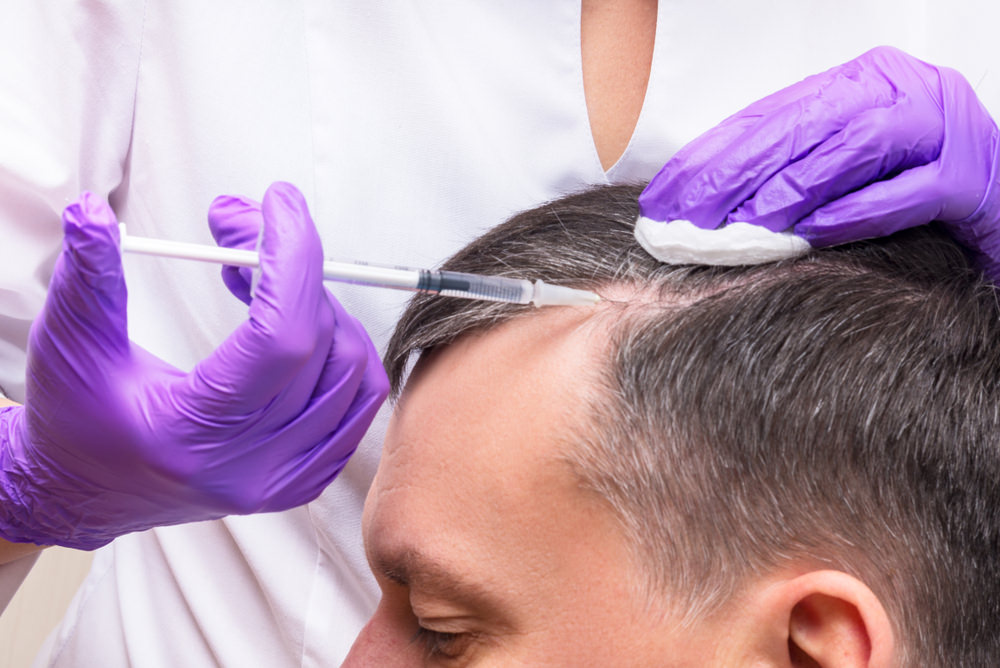
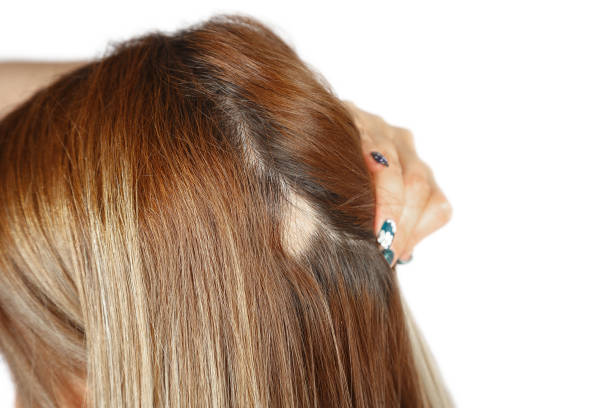
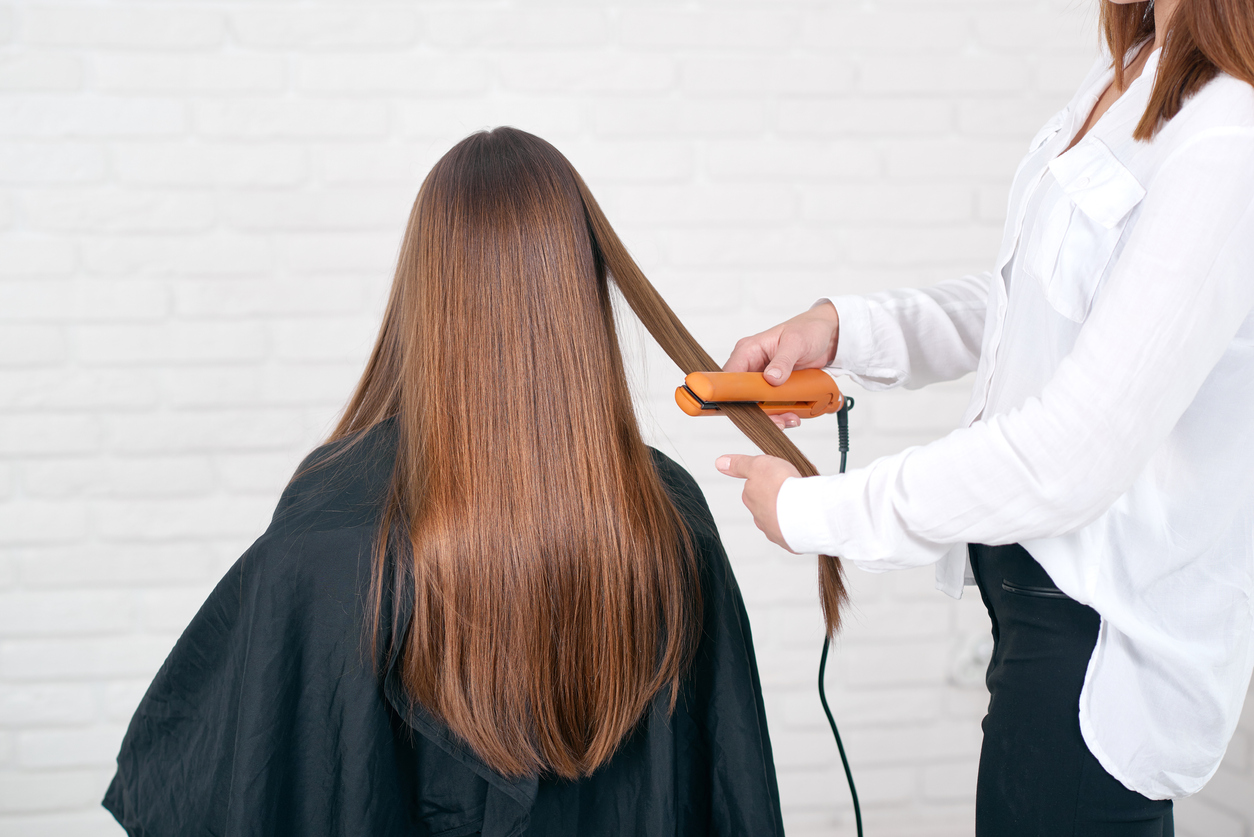
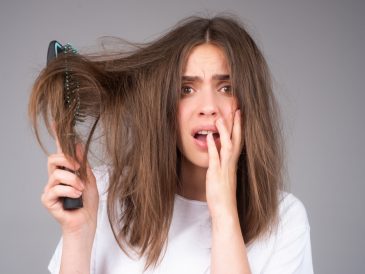
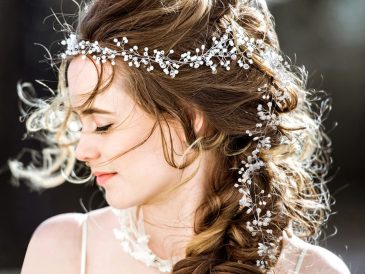

1 Comment
[…] widespread clichés in the world of beauty is that women worry a lot about the appearance of gray hair (for example: world leaders who sport new silver hairstyles after years of serving their people ). […]